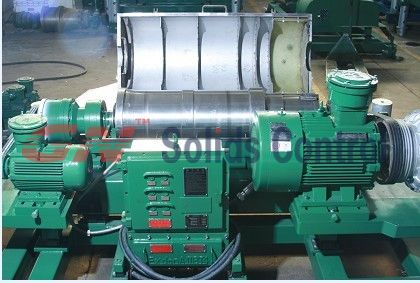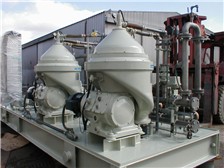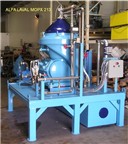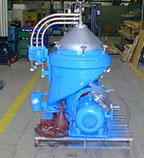As Iran announced plans to build 10 new uranium enrichment plants in a major expansion of its nuclear programme, we take a look at the nuclear fuel process.
What is uranium enrichment?
Uranium is a slightly radioactive element found naturally in rock, soil and water. But only a certain type of uranium can be adapted to produce electricity or explosives.
This type, called U-235, can be easily split to produce energy, in a process known as nuclear fission.
U-235 is present in only about 0.7 per cent of mined uranium ore. To work in a nuclear reactor it must be enriched to increase the proportion of U-235 to three to five per cent.
To make a nuclear bomb, uranium must be enriched to at least 90 per cent.
How is uranium enriched?
The technology used to enrich uranium to make fuel for nuclear power stations is the same as that needed to create nuclear weapons.
Once uranium is extracted from the ground it is milled and chemically processed to create yellowcake, a concentrated uranium oxide.
This is then converted into uranium hexafluoride, a toxic gas, before being used in the next stage of the enrichment process.
There are two main methods for enriching uranium - gaseous diffusion or gas centrifuge. In the US a third method has been proposed, called laser enrichment.
Gas centrifuge
A gas centrifuge works by separating U-235 from U-238, a denser isotope making up the majority of the element, by spinning uranium hexafluoride gas in a cylindrical chamber at supersonic speeds.
Enriched U-235 is then removed and put through the same process many times to raise its concentration.
Around 1,500 centrifuges running non-stop for months would be needed to make 20kg of highly-enriched uranium needed for one crude warhead.
Gaseous diffusion
In the diffusion method, gaseous uranium is pumped through a porous barrier to separate the two isotopes.
This is like smaller grains of sand passing through a sieve quicker than the bigger ones. The process has to be repeated about 1,400 times to get U-235 at a concentration of three per cent of the uranium hexafluoride.
Laser enrichment
Laser enrichment works by using specially tuned lasers to change the properties of a specific isotope and separate it from the rest of the uranium.
The method could potentially use less power and create less waste than gaseous and diffusion methods, but is still under development.
Which countries have nuclear weapons programmes?
China
France
India
Israel
North Korea
Pakistan
Russia
United Kingdom
United States
Why is there concern over Iran's nuclear technology?
The US and other Western nations have accused Iran of intending to use nuclear technology to produce atomic weapons, a charge the Islamic Republic has denied.
Iran has defied five UN Security Council resolutions and three sets of UN sanctions aimed at pressuring the nation to freeze enrichment, and has instead steadily expanded its programme.
Its latest announcement, that it will enrich some of its low-enriched uranium stockpile to 20 per cent, has added to international concern over Iran's nuclear ambitions, with some leaders describing the move as a "provocation".
But some observers have expressed doubt over whether Iran has the technical capacity to enrich uranium stockpiles further, with the country already seeing operational problems in its nuclear facilities.
Others say regardless of tehcnical problems, if Iran has the technology to enrich uranium by three per cent, then it also has the power to enrich it by 20 or 90 per cent.
Some analysts say that if Iran did develop nuclear warheads it could deepen tensions in the Middle East and begin an arms race in the region.
But Iran insists its nuclear power is for civilian use only - to provide fuel for its medical research reactor.source: mwcnews.net












